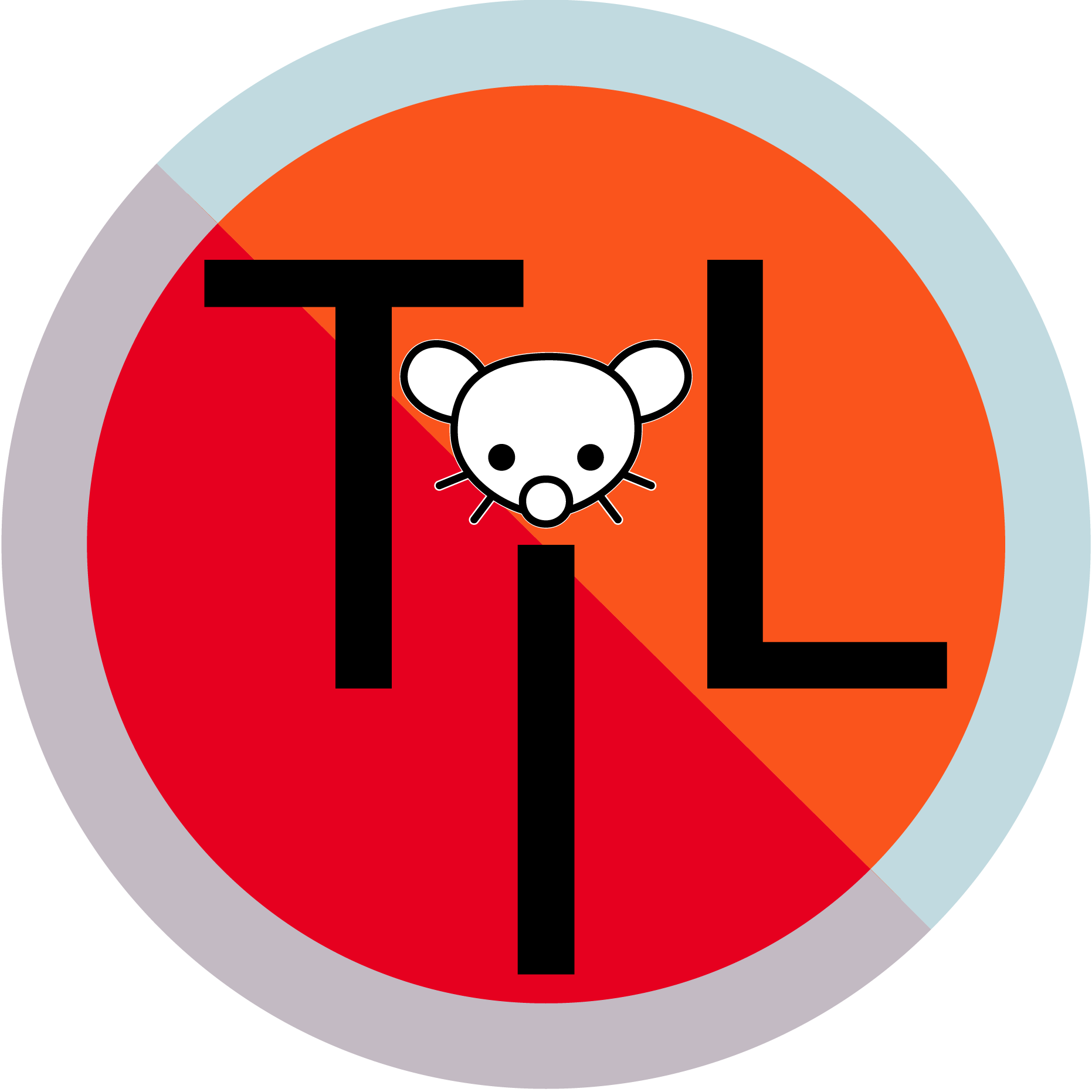How to look it up:
M-x org-mode RET
That’s “Meta-X” (Alt-X), then “org-mode” and Enter, switches the major mode of the current buffer to org-mode so that we have the org-mode keybindings active.
C-h k C-c C-x C-l
C-h, Control-H, is the “help” prefix. “C-h k” is describe-key, tells you what a given key sequence runs. C-h k C-c C-x C-l will say what C-c C-x C-l does. It gives the following output:
C-c C-x C-l runs the command org-latex-preview (found in
org-mode-map), which is an interactive native-comp-function in
‘org.el’.
It is bound to C-c C-x C-l.
(org-latex-preview &optional ARG)
Toggle preview of the LaTeX fragment at point.
If the cursor is on a LaTeX fragment, create the image and
overlay it over the source code, if there is none. Remove it
otherwise. If there is no fragment at point, display images for
all fragments in the current section. With an active region,
display images for all fragments in the region.
With a ‘C-u’ prefix argument ARG, clear images for all fragments
in the current section.
With a ‘C-u C-u’ prefix argument ARG, display image for all
fragments in the buffer.
With a ‘C-u C-u C-u’ prefix argument ARG, clear image for all
fragments in the buffer.












I suppose that pretty much covers the full gamut.
EDIT: Here’s the Linux distro family tree:
https://github.com/FabioLolix/LinuxTimeline/releases
It lists 19 still-living Arch-based distros. Disregarding category-based recommendations and looking only at explicitly-named recommendations, as of this writing, you’ve explicitly been recommended 7 so far, or over a third of what exist. :-)